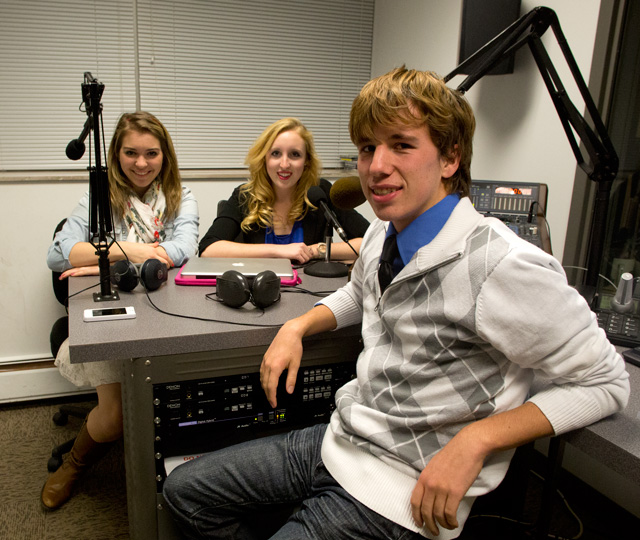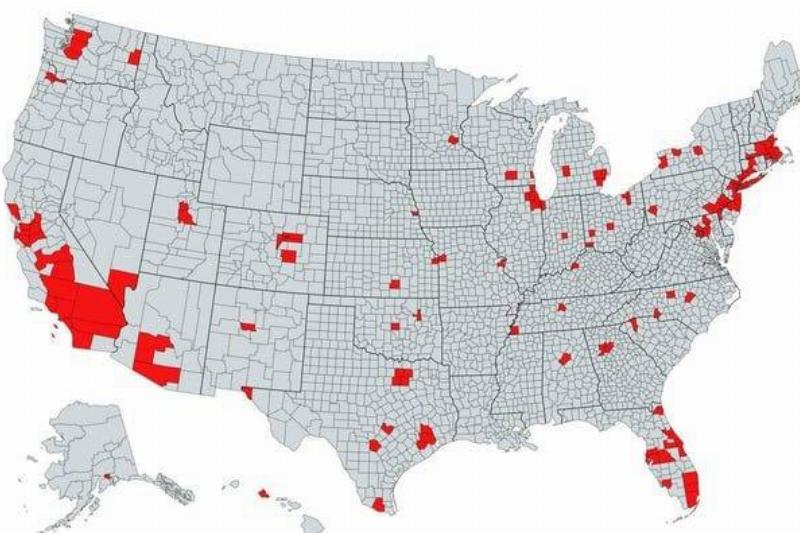“Elevator Man”
- Home Page 66

Mocktail Mixology Drinks & Recipes
Casual reminder that Wisconsin has more bars than grocery stores pic.twitter.com/dG8YYRkoKd
— Midwest vs. Everybody (@midwestern_ope) March 30, 2025
Rants
This content is accessible to paid subscribers. To view it please enter your password below or send mike@standardsmichigan.com a request for subscription details.
Bad Coffee
This content is accessible to paid subscribers. To view it please enter your password below or send mike@standardsmichigan.com a request for subscription details.
Smart Cities: Wicked Problems
Smart cities: moving beyond urban cybernetics to tackle wicked problems
Cambridge Journal of Regions, Economy and Society, Volume 8, Issue 1, March 2015 | “The Smart City”
Abstract. This article makes three related arguments. First, that although many definitions of the smart city have been proposed, corporate promoters say a smart city uses information technology to pursue efficient systems through real-time monitoring and control. Second, this definition is not new and equivalent to the idea of urban cybernetics debated in the 1970s. Third, drawing on a discussion of Rio de Janeiro’s Operations Center, I argue that viewing urban problems as wicked problems allows for more fundamental solutions than urban cybernetics, but requires local innovation and stakeholder participation. Therefore the last section describes institutions for municipal innovation and IT-enabled collaborative planning.
So proud to announce the @ellisoninst is beginning construction on our new campus at the @UniofOxford and broadening our mission: Science & Engineering for Humanity. EIT develops & deploys technology in pursuit of solving four of humanity’s most challenging & enduring problems.… pic.twitter.com/vSkHWSS8EK
— David Agus (@DavidAgus) October 15, 2023
Strawberry Iced Latte
Cal Poly: University Budget 2024-2025 *
Facilities Management & Development | $1.2B Student Housing Expansion
College of Agriculture, Food and Environmental Sciences
California’s Collapse Is Far Worse Than Reported | Douglas Murray
📢 Have you heard? Cal Poly has once again been named a top producer of Fulbright U.S. Scholars! Learn more about the three impressive faculty that are taking their expertise global 🌎
🔗https://t.co/KhuUY01jf2 pic.twitter.com/cIYoWvvjbw
— Cal Poly (@CalPoly) March 10, 2025
Data Center Growth
The National Telecommunications and Information Administration requests comments on the challenges surrounding data center growth, resilience and security in the United States amidst a surge of computing power demand due to the development of critical and emerging technologies. This request focuses on identifying opportunities for the U.S. government to improve data centers’ market development, supply chain resilience, and data security. NTIA will rely on these comments, along with other public engagements on this topic, to draft and issue a public report capturing economic and security policy considerations and policy recommendations for fostering safe, secure, and sustainable data center growth.
Written comments must be received on or before November 4, 2024.
We track leading practice discovery and promulgation of this technology nearly every week. See our CALENDAR for sessions we coordinate with the IEEE Education & Healthcare Facilities Committee.
Related:
…and so on. We will likely submit recommendations to NTIA on this topic; with drafts open during any of our daily colloquia.
Power Management For Data Centers Challenges And Opportunities
Power Management For Data Centers Challenges And Opportunities
Erling Hesla and Robert D. Giese
Abstract: This paper presents a broad view of management of design and implementation of power systems for Data Centers. The paper outlines many challenges that are present because of the demanding requirements of Data Centers both in design and management, then introduces opportunities that recent technological advances have made possible. This paper presents several new approaches of ownership and responsibilities that directly affect financial viability of the Data Center.
IEEE Education & Healthcare Facility Electrotechnology
Readings / School Lunch
Thumbs up for today’s Chinese lunch to celebrate the upcoming #ChineseNewYear. The menu included sweet and sour chicken with rice and pak choi, crispy chilli beef and veggie chow mein, plus sticky coconut rice cake and fortune cookies. It was delicious! #portregis #schoollunch pic.twitter.com/DlMO9Zf1xs
— Port Regis School (@PortRegisSchool) February 6, 2024
Lunch time! #firstdayofschool at @CampErnstBlazer Middle School @Boone_County Thank you cafeteria staff for your service!! #KentuckySchools #BacktoSchool2022 #BooneNation pic.twitter.com/JTJSjKTNBu
— Dr. Jim Detwiler (@JimDetwiler1) August 18, 2022
+ USDA Promotes Program Access, Combats Discrimination Against LGBTQI+ Community
– No Free Lunch: Biden Admin Will Pull Meal Funding for Schools That Don’t Comply With Its LGBT Agenda
+ GOP governor vows to sue Biden admin so state can legally discriminate against trans kids
+ US Department of Health and Human Services: Child Welfare Information Gateway
– Biden: no lunch for poor kids unless schools allow boys in the girls’ restrooms
+ PART 210 – NATIONAL SCHOOL LUNCH PROGRAM
– Biden Administration Holds School Lunches Hostage to Radical Transgender Agenda
New update alert! The 2022 update to the Trademark Assignment Dataset is now available online. Find 1.29 million trademark assignments, involving 2.28 million unique trademark properties issued by the USPTO between March 1952 and January 2023: https://t.co/njrDAbSpwB pic.twitter.com/GkAXrHoQ9T
— USPTO (@uspto) July 13, 2023
Standards Michigan Group, LLC
2723 South State Street | Suite 150
Ann Arbor, MI 48104 USA
888-746-3670
























